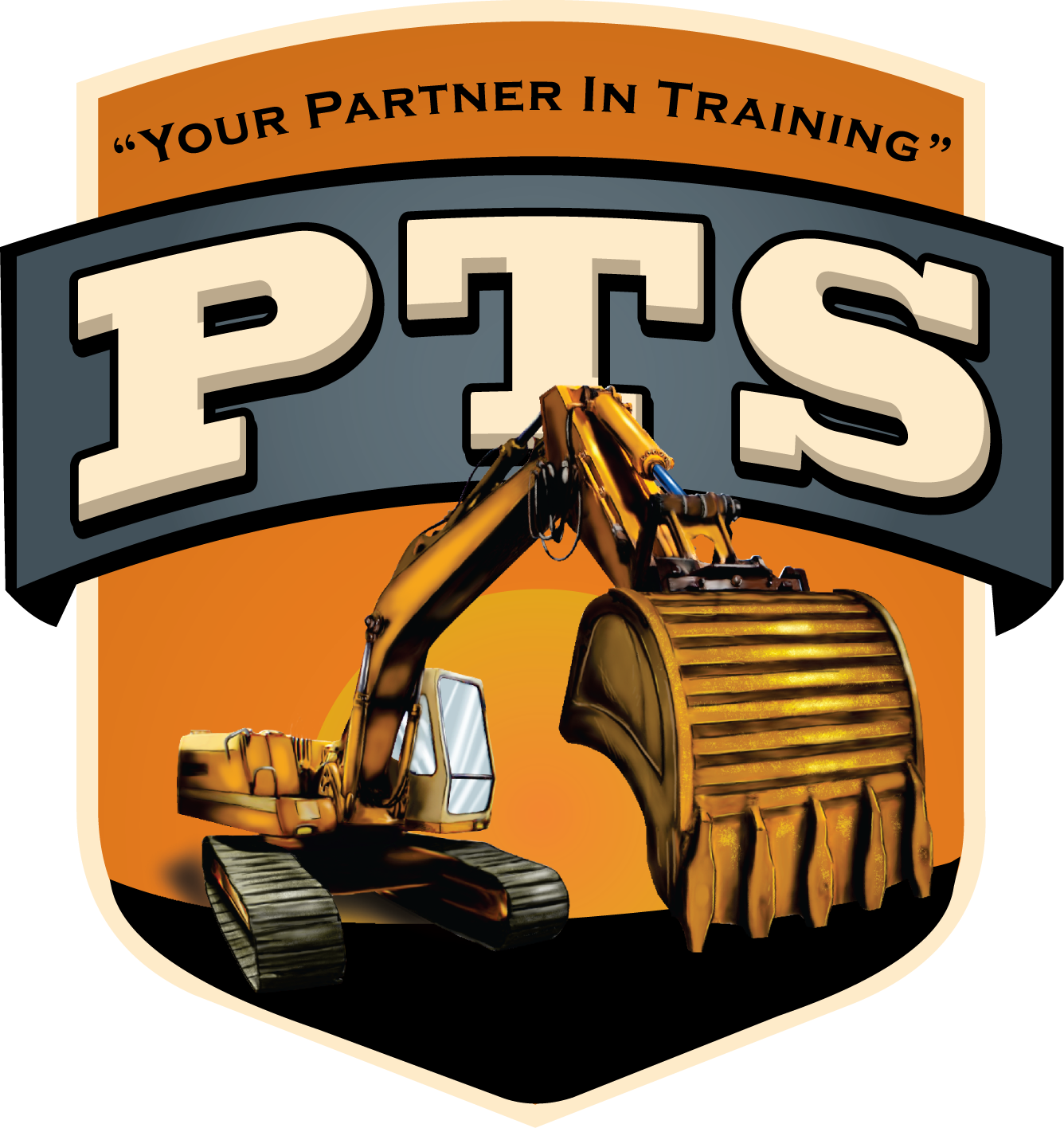For many workers that populate the construction, demolition, landscaping (both soft and hardscape projects), and even some manufacturing industries, the impending arrival of autumn also means the onset of the layoff season.
The fall months, across much of the United States, mean cooler temperatures and deteriorating weather conditions. This, in turn, leads to cutbacks and postponements of all sorts of outdoor work projects. With outdoor work schedules scaled back, businesses follow suit and release portions of their workforces until demand scales back up again at the beginning of spring.
For those that work in these fields, the process is somewhat regular and expected. While sometimes referred to as layoff season, it also has another name: seasonal unemployment.
What is Seasonal Unemployment?
According to Indeed.com, seasonal unemployment is when those who work in seasonal jobs — part or full-time work that correlates to specific periods of the year — are let go when the demand for labor in that specific area decreases due to the calendar. These can be tourism-related jobs, farming work related to the harvest of specific crops, or holiday-related jobs. For the construction and related outdoor labor industries, this period typically runs from February or March through September or October for much of the continental U.S.
Seasonal unemployment means the number of jobs available corresponds to a business’ need for employees, depending on the time of year. For example, a construction company will need more workers during the spring and summer months when it tries to start and finish as many contracts as possible. The number needed decreases during the winter when major projects could be put on hold due to potential weather delays and issues. In another example, Street crews or state transportation workers will do fewer road improvement projects from November through February than from April through August.
The U.S Bureau of Labor Statistics has compiled data that indicates the layoff and discharge levels for construction workers (and those in similar industries) are approximately double during the layoff season. For instance, October typically grades out to be the worst month for layoffs and discharges for construction workers. Overall discharge numbers equaled 6.3% in 2019 and 2.8% in 2020. Adjusted for seasonal only layoffs, those numbers are 3.4% for 2019, and 2.8% for 2020.
Do you have a plan in place for when the cold weather comes? Many seasonal workers account for the layoff season and try to take advantage of it with additional part-time work elsewhere, or training and education programs to aid in finding better employment options moving forward.
And some workers have the skills already to make navigating seasonal layoffs easier or even a non-issue. For instance, some heavy equipment operators working in similar, related fields are not affected by seasonal layoffs. Those who work for city, county, and state road departments work with snow removal efforts often maintain employment. Landfill operations, mining, and many other industries also employ heavy equipment operators throughout the year continuously.
Heavy Equipment Training is an Excellent Option in Layoff Season
By capitalizing on the time available due to seasonal unemployment, workers can engage in heavy equipment or crane operator training to jumpstart a new career path that will be more consistent, remain in demand for years to come, provide strong wage potential, and even help mitigate concerns from future layoff seasons.
With training to operate heavy machinery or cranes, workers will be able to add valuable skills that they can then utilize to secure better employment for the next year. With specialized talents, you’ll be viewed as more essential to keep throughout the slow periods of work scheduling and even potentially be used to fulfill new important roles even as the seasons change.
And the fall, or winter, months are the best time to begin heavy equipment and crane operator training. Demand for operators will be at the highest in the spring, as work schedules are built, major projects outlined, and proposals are finalized. Demand for operators will remain high throughout the summer and early fall as there is a rush to complete as much work or as many projects as possible in the calendar year, and then demand will taper off through the fall and winter.
By beginning to line up and formalize your training in the early fall, you’ll be ready to begin the accessible educational demands of learning to be a heavy equipment operator just when the weather turns. And while the demand is the lowest, you’ll be learning the skills needed to allow you to take advantage when demand increases again the following spring.
Seasonal unemployment is an unfortunate fact of life for so many laborers in construction and related outdoor industries. But by planning for the layoff season, and using that potential gap in available work to better your future prospects through training, you’ll set yourself up for a more promising — and consistent — future.
Performance Training Solutions will Help You Move Forward
As a leading heavy equipment operator school in the midwest, Performance Training Solutions has accessible, quick options to help you add valuable skills to your resume. We have two heavy equipment operator training programs and a crane operator program. All three are 120-hour courses and are designed to be completed in just three weeks.
Our heavy equipment operator programs cover two levels. The first course, Heavy Equipment Operator I, will cover working with skid steers, wheel loaders, compactors, backhoes, and articulated off-road dump trucks. The second course, Heavy Equipment Operator 2, will ensure you’re qualified to run bulldozers, scrapers, excavators, and motor graders. Both courses will have small class sizes and are well-suited to hands-on learners, with in-the-seat instruction, one-on-one time with instructors, and more seat time. And one key facet to remember is that in many cases you can use unemployment benefits to pay for the heavy equipment operator training, and PTS will work with you to guide you through that process.
And while unemployment benefits have not typically been approved to cover the crane-specific training offered at PTS, becoming a certified crane operator comes with its own assortment of specific benefits. Crane operators are among the best-rewarded operators in the industry and have the capability to pick from a variety of jobs and industries that rely on a worker’s skills. With three-week training courses, transitioning to a crane operator position can easily be tackled during the winter months.
Layoff season doesn’t have to be a time of the year you dread or try to salvage. It can also mark the start to a better future with essential training that could open more opportunities and possibilities. Plot a different course for 2022.
Contact PTS today to learn more about what we have to offer and find out more about our upcoming course availability. Schedule a tour of Columbus, Ohio facilities and earn a $500 tuition reduction scholarship in the process.
 Proudly Serving Veterans
Proudly Serving Veterans

